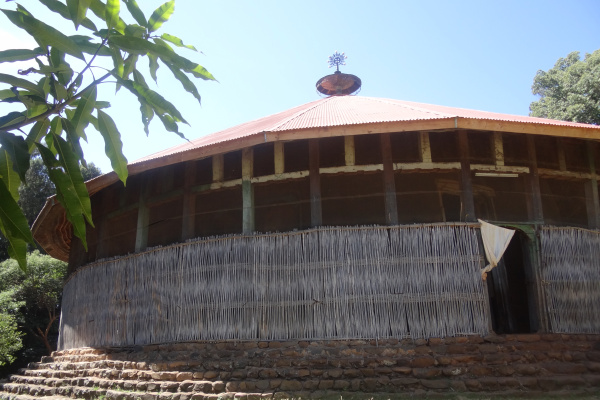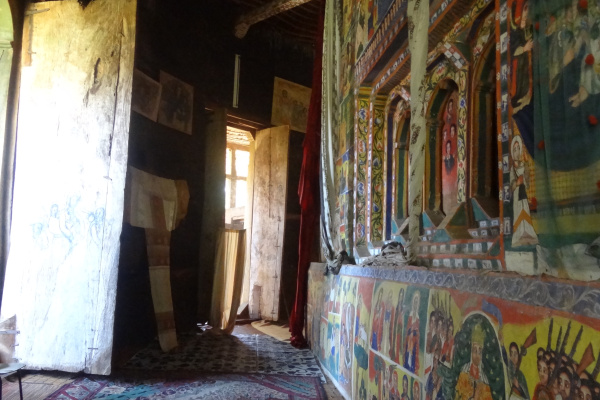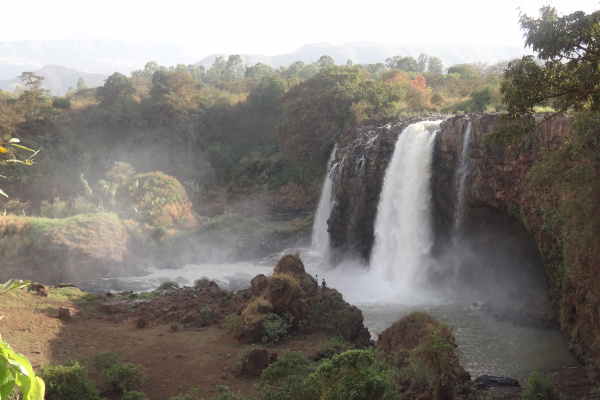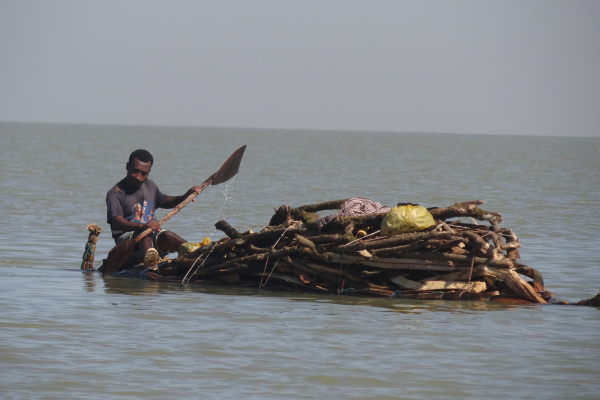Lake Tana and Blue Nile Falls
Presentation
Lake Tana, located in northern Ethiopia, is the largest lake in the country and is surrounded by an aura of mystery and spirituality. It is the source of the Blue Nile, from where it begins its long journey through Khartoum to the Mediterranean.
On the shores of this sacred lake are ancient churches and monasteries that bear witness to the region's rich religious and cultural tradition. The 37 islands that are scattered across its surface are home to fascinating churches and monasteries.
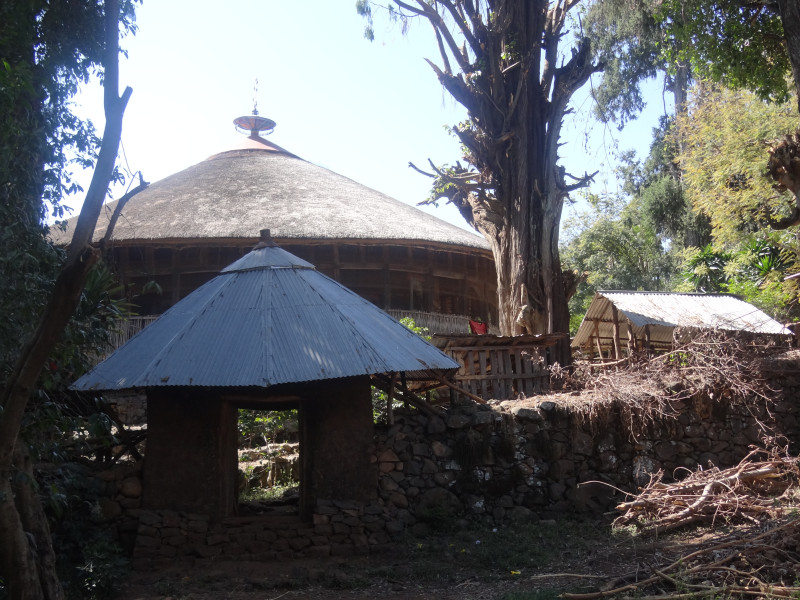
Lake Tana Monasteries
These churches and monasteries, many dating back centuries, are gems of Ethiopian architecture and house a valuable collection of murals, ancient manuscripts and religious treasures.
The monasteries, in particular, offer a fascinating insight into traditional monastic life, with their unique spiritual practices and peaceful isolation amid the calm waters of the lake.
One of the most notable aspects of these churches and monasteries is their limited accessibility, with some churches built on isolated islands in the middle of the lake. This feature has preserved a sense of authenticity and mystery around these holy places, protecting them from external influences and preserving their sacred character.
Thus, Lake Tana and its churches and monasteries form a unique whole, where spirituality, history and architecture come together to offer a captivating and enriching experience to visitors, while preserving a cultural and religious heritage of great importance.
Blue Nile Falls Tisisat Falls
Originating in Ethiopia near Lake Tana at Barhar dar, the Blue Nile (1,600 km), known locally as the Abbay, meets the White Nile at Khartoum to form the great river that gives life to Egypt and Sudan . It is said that the Blue Nile contributes 80% of the flow of the Nile, the longest river in Africa (6,695 km). The Blue Nile Falls, which have their source in Lake Tana, are among the most spectacular on the African continent.
The Blue Nile Falls are not only a remarkable natural site, but they also hold great cultural and historical significance for the region. They are the starting point of the Blue Nile, one of Africa's main river arteries, and have played a crucial role in the development and life of riverside communities for centuries.
Getting there is pleasant, after a bit of trail and a walk in the countryside of the Amhara region, you can see the falls and the Portuguese bridge.


